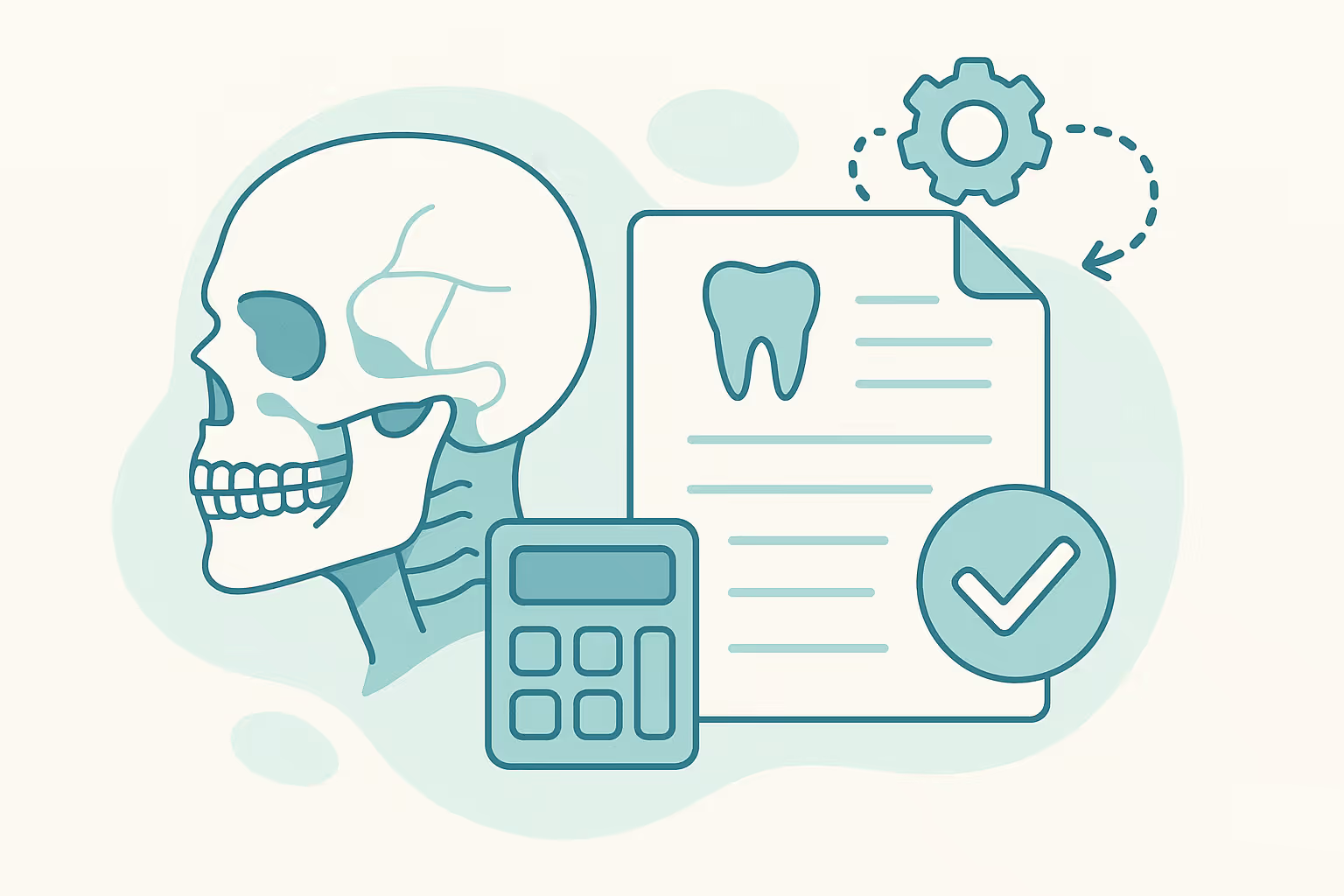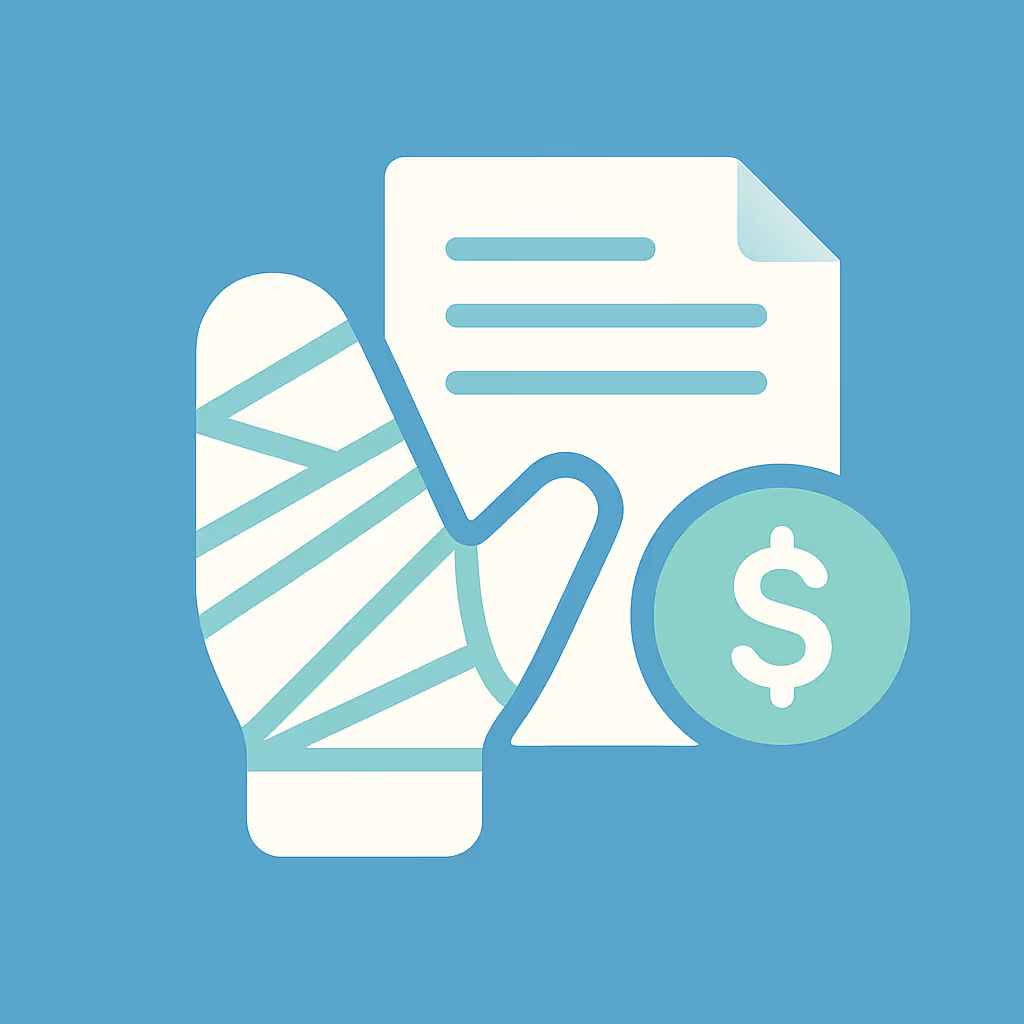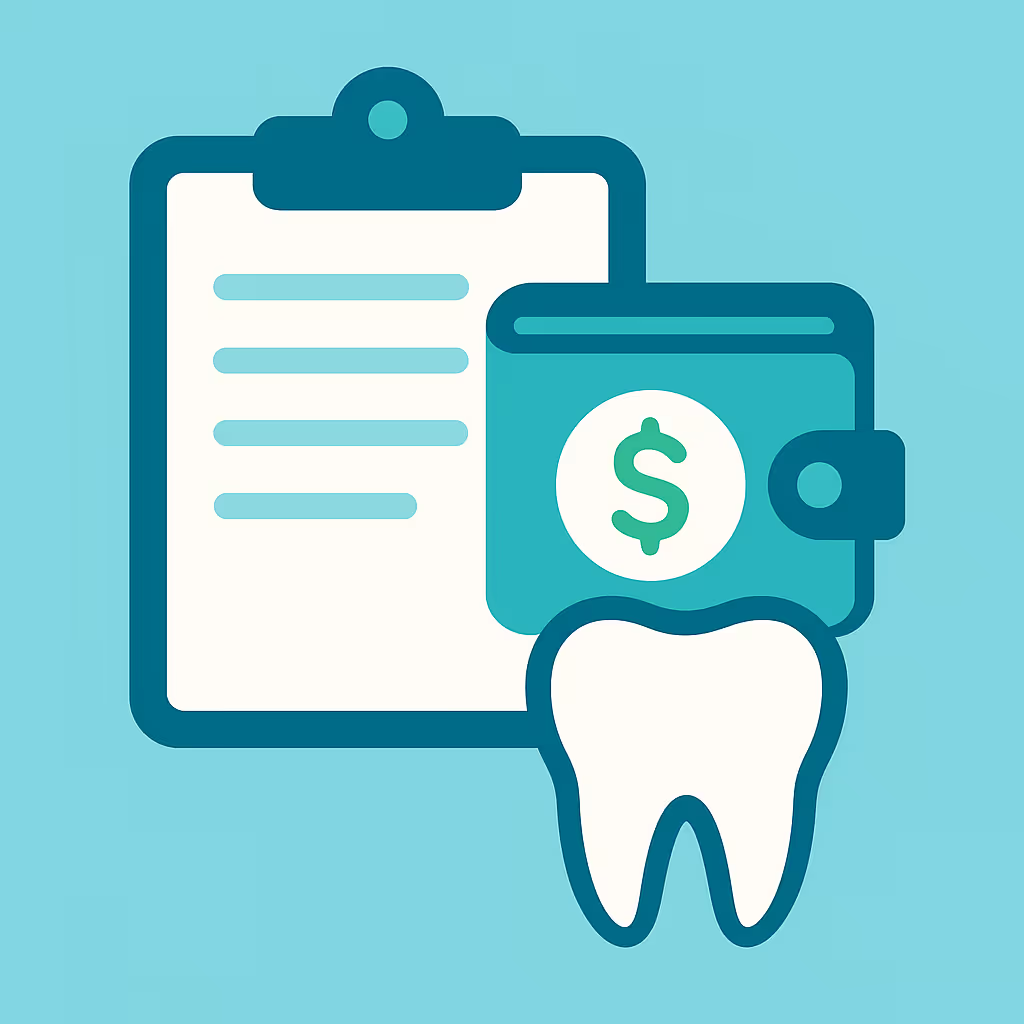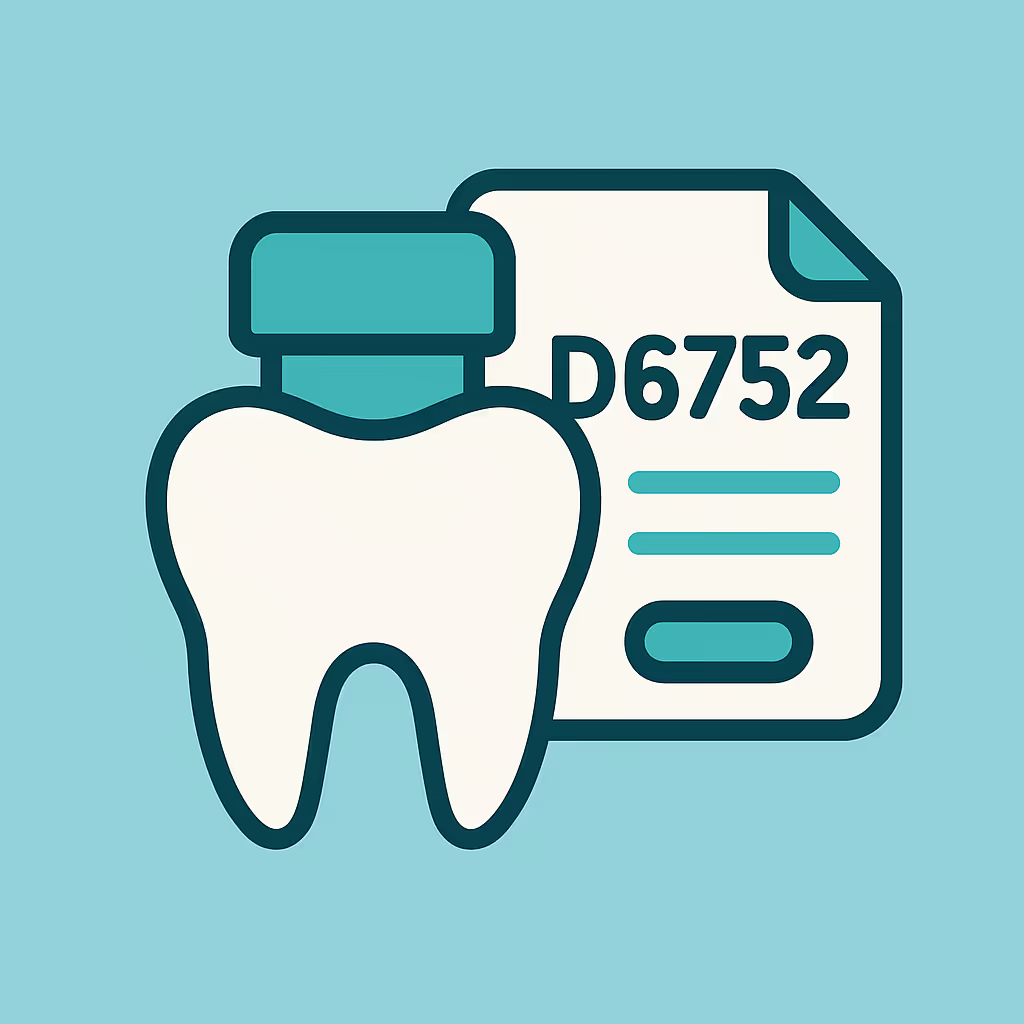Understanding Dental Code D7949
When to Use D7949 dental code
The D7949 dental code is designated for the surgical procedure known as Lefort II or Lefort III osteotomy. This code is used when a patient requires major maxillofacial reconstruction due to trauma, congenital defects, or severe skeletal discrepancies. Typically, this procedure is performed by an oral and maxillofacial surgeon and involves repositioning the midface to correct facial deformities or restore function. Dental offices should use D7949 only when the clinical documentation clearly supports the necessity for this level of surgical intervention, distinguishing it from less extensive maxillofacial procedures such as those coded under D7941 or D7940.
Documentation and Clinical Scenarios
Accurate and thorough documentation is essential when billing for D7949. The clinical notes should include a detailed diagnosis, preoperative imaging (such as CT scans or panoramic radiographs), and a comprehensive treatment plan. Indications for D7949 often include midface hypoplasia, craniofacial syndromes, or complex facial trauma. For example, a patient with a congenital craniofacial anomaly resulting in airway obstruction and malocclusion may be a candidate for Lefort III osteotomy. Always ensure that the operative report specifies the extent of the osteotomy and the anatomical structures involved, as insurance carriers will scrutinize these details during claim review.
Insurance Billing Tips
Billing for D7949 requires a strategic approach to maximize reimbursement and minimize denials. Start by verifying the patient’s medical and dental insurance benefits, as this procedure is often considered medically necessary and may be covered under the patient’s medical plan. Submit preauthorization requests with all supporting clinical documentation, including photographs, imaging, and letters of medical necessity. When submitting the claim, use the correct CDT code (D7949) and include all relevant attachments. If the claim is denied, review the Explanation of Benefits (EOB) for specific reasons and be prepared to submit a detailed appeal with additional supporting evidence. Successful dental offices maintain a checklist for required documentation and track claims through their accounts receivable (AR) workflow to ensure timely follow-up.
Example Case for D7949
Consider a 16-year-old patient presenting with severe midface deficiency and functional impairment. After comprehensive evaluation and interdisciplinary consultation, the oral surgeon determines that a Lefort III osteotomy is required. The dental office gathers all diagnostic records, submits a preauthorization request to the patient’s medical insurer, and receives approval. The surgery is performed, and the operative report details the repositioning of the midface. The billing team submits the claim using D7949, attaches the operative report, preauthorization letter, and postoperative imaging. The claim is processed and paid, demonstrating the importance of thorough documentation and proactive insurance communication in successful billing for complex surgical codes like D7949.





